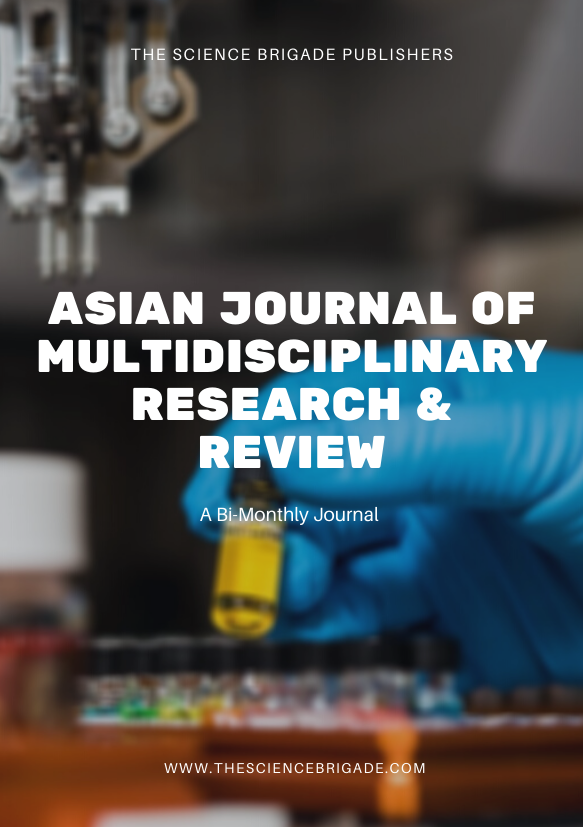As a fragment of the Integrated Child Development Services (hereinafter, ICDS) program, the government of India in 1975, started Anganwadis. These are Anganwadi centres (hereinafter, AWC) for the care of children in rural areas with an aim to combat malnutrition and hunger. As a part of the public health care system in India, health care activities here include nutrition, education, supplementation, contraceptives’ counselling along with supply and basic medication. The guidelines for the working and responsibilities of the workers at Anganwadis have been laid down by the Ministry of Women Development and Child Welfare to include educating rural families concerning nutrition requirements, child growth, family planning, the importance of girl education etc. This paper is an attempt at laying down the need and vision behind such centres along with the practical application of its rules and guidelines which will be discussed taking into account the government policies, reports and recommendations. The authors have also attempted to throw some light upon the public policy discussions that have taken place over whether to make Anganwadis universally available to all eligible children on the desire of their mothers. The same would require significant increases in budgetary allocation and a rise in the number of Anganwadis to over 16 lakhs (from the existing 13.7 lakhs). Furthermore, the officers and their helpers who staff Anganwadis are typically women from poor families, who do not have permanent jobs with comprehensive retirement benefits like other government staff. Although the worker protests (by the All India Anganwadi Workers Federation) have initiated public debates on this topic, the paper shall discuss in detail whether or not they have succeeded in their endeavour. With periodic reports of corruption and crimes against women in some Anganwadi centres along with legal and societal issues where Anganwadi-serviced children fall sick and even die, in certain scenarios, have these centres been able to gain the trust of the rural masses as was initially aimed, shall also be debated. Finally, the authors shall conclude with an answer to the most vital question ‘Have Anganwadis lived up to their initial vision?’.
Have Anganwadis in India Lived up to their Initial Vision?
Publication Information
Journal Title: Asian Journal of Multidisciplinary Research & Review
Author(s): Harsh Mahaseth & Shalika
Published On: 13/10/2022
Volume: 3
Issue: 5
First Page: 112
Last Page: 127
ISSN: 2582-8088
Publisher: The Law Brigade Publisher
Cite this Article
Harsh Mahaseth & Shalika, Have Anganwadis in India Lived up to their Initial Vision?, Volume 3 Issue 5, Asian Journal of Multidisciplinary Research & Review, 112-127, Published on 13/10/2022, Available at https://ajmrr.thelawbrigade.com/article/have-anganwadis-in-india-lived-up-to-their-initial-vision/
Abstract
Share this research
Latest Publications

License Information
Copyright © [hfe_current_year]
Harsh Mahaseth & Shalika

Ownership and Licensing:
Authors of this research paper submitted to the Journal of Science & Technology retain the copyright of their work while granting the journal certain rights. Authors maintain ownership of the copyright and have granted the journal a right of first publication. Simultaneously, authors agreed to license their research papers under the Creative Commons Attribution-NonCommercial-ShareAlike 4.0 International (CC BY-NC-SA 4.0) License.
License Permissions:
Under the CC BY-NC-SA 4.0 License, others are permitted to share and adapt the work, as long as proper attribution is given to the authors and acknowledgement is made of the initial publication in the Journal of Science & Technology. This license allows for the broad dissemination and utilization of research papers.
Additional Distribution Arrangements:
Authors are free to enter into separate contractual arrangements for the non-exclusive distribution of the journal’s published version of the work. This may include posting the work to institutional repositories, publishing it in journals or books, or other forms of dissemination. In such cases, authors are requested to acknowledge the initial publication of the work in the Journal of Science & Technology.
Online Posting:
Authors are encouraged to share their work online, including in institutional repositories, disciplinary repositories, or on their personal websites. This permission applies both prior to and during the submission process to the Journal of Science & Technology. Online sharing enhances the visibility and accessibility of the research papers.
Responsibility and Liability:
Authors are responsible for ensuring that their research papers do not infringe upon the copyright, privacy, or other rights of any third party. The Journal of Science & Technology and The Science Brigade Publishers disclaim any liability or responsibility for any copyright infringement or violation of third-party rights in the research papers.




